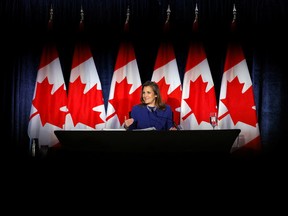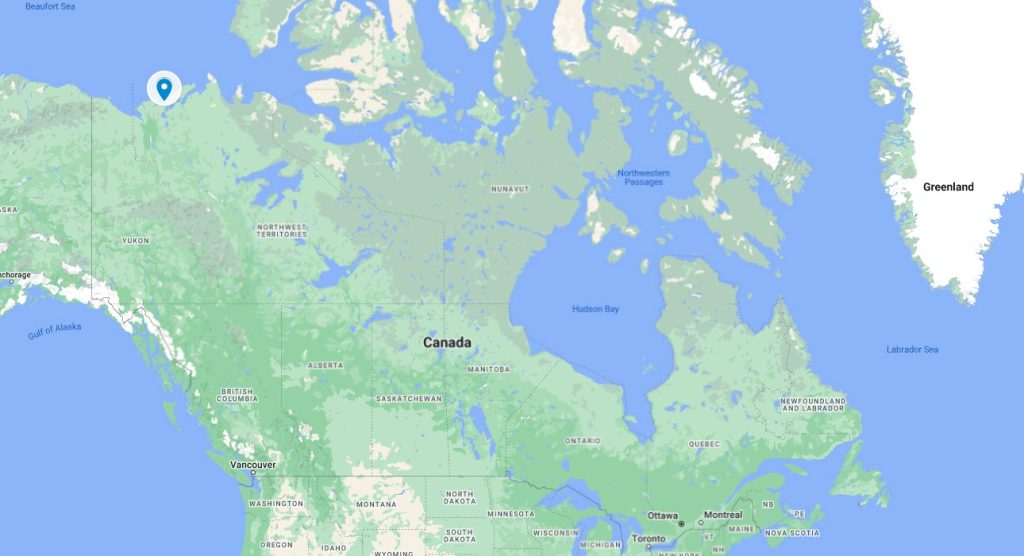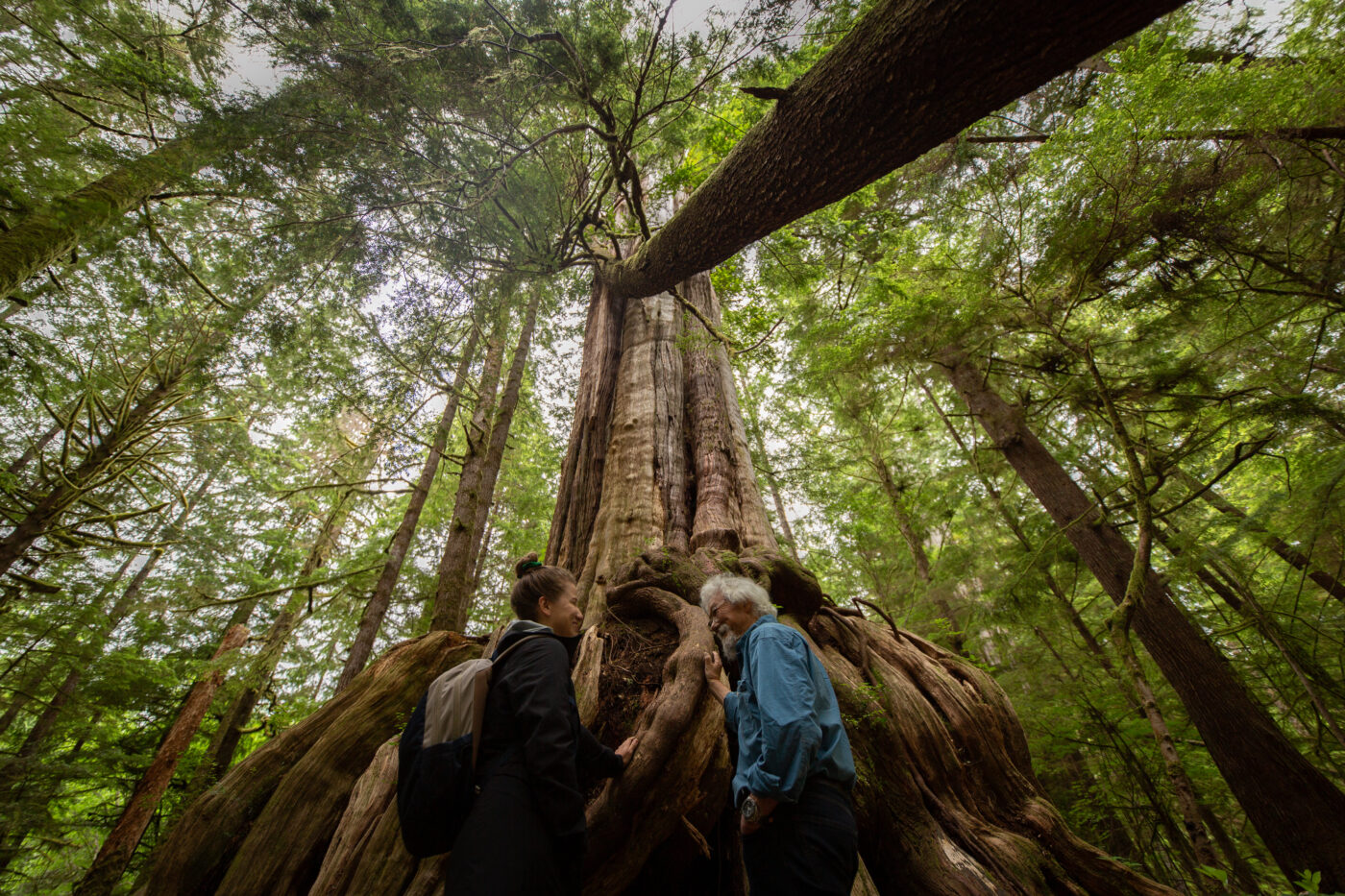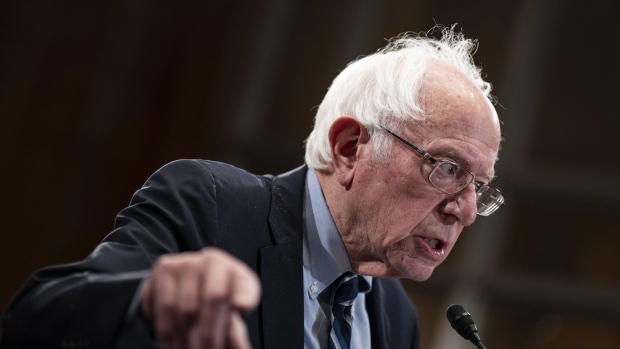Jamie Golombek: Ottawa says it's looking to close tax loopholes that benefit the wealthy and corporations
Author of the article:Jamie Golombek
Published Mar 16, 2023

We have a date. Finance Minister Chrystia Freeland will deliver Canada’s federal budget plan on March 28, giving us less than two weeks to speculate about what may — or may not — be included therein, which also means time is running out to do any significant planning before any potential tax changes.
No one knows with any certainty what will be in the upcoming budget, but we can glean some insight on its potential themes from the 226-page pre-budget Report of the Standing Committee on Finance issued last week, which contained 230 separate recommendations for tax changes and spending.
Among the proposals, the following recommendation may set the tone: “Undertake a public review to identify federal tax expenditures, tax loopholes and other tax avoidance mechanisms that particularly benefit high-income individuals, wealthy individuals and large corporations and make recommendations to eliminate or limit them.”
With that ominous theme in mind, here are some potential tax changes that could target higher-income Canadians, along with some potential planning tips.

Top tax bracket
The top federal tax rate of 33 per cent currently kicks in at an income of more than $235,675 for 2023, which is a 6.3 per cent bump in the threshold over 2022 as a result of the high inflation we’ve been experiencing over the past year. The NDP’s pre-election platform hoped to increase the top rate by two percentage points to 35 per cent. If enacted, this could bring the top combined marginal tax rate, once provincial tax is factored in, to approximately 56 per cent in British Columbia, Ontario, Quebec and Nova Scotia, and to 57 per cent in Newfoundland and Labrador.
A similar proposal to bump up the top rate for the highest income earners was recently included in United States President Joe Biden’s budget announcement earlier this month. He called for a top federal income tax rate of 39.6 per cent, up from 37 per cent, for taxpayers earning more than US$400,000.
Surplus strips
The government may decide to shut down a popular private corporation tax-planning arrangement that some sophisticated taxpayers have been employing to distribute corporate surplus (essentially, retained earnings for tax purposes) from their corporation at capital gains rates, rather than at the higher rates for Canadian dividends, or via the payment of a salary or bonus.
The Canada Revenue Agency has previously attempted to challenge surplus strip transactions, but the courts have generally held that this type of planning is acceptable, and doesn’t violate the general anti-avoidance rule, since the Income Tax Act doesn’t contain a general policy requiring shareholders to remove their surplus via a dividend rather than a capital gain.
The government tried to shut down this type of planning as part of its private corporation tax reforms in 2017, but those proposals were ultimately abandoned after significant public criticism.
Alternative minimum tax
Last year’s federal budget noted that “some high-income Canadians still pay relatively little in personal income tax as a share of their income.” To address this, the government announced a formal review of the alternative minimum tax (AMT), the results of which were originally supposed to come out in last fall’s economic update. Instead, the government stated that a “detailed proposal and path for implementation” would be released in the upcoming budget.
Of course, we already have a federal AMT at a 15-per-cent rate. The primary reasons why some high-income Canadians pay low effective rates of tax has nothing to do with nefarious tax planning. For the most part, high-income earners are doing nothing more than claiming registered retirement savings plan deductions, charitable donations and dividend tax credits, and earning half-taxable capital gains.
South of the border, Biden’s recent budget included a proposal to introduce a new 25-per-cent minimum tax on individuals whose net worth is more than US$100 million. This new tax would be different, in that it would be imposed on both income and unrealized capital gains for the wealthiest 0.01 per cent.
Capital gains inclusion rate
Finally, no discussion of potential budget changes would be complete without at least touching on the capital gains inclusion rate. Currently set at 50 per cent, you may recall that the NDP’s platform proposed a hike to 75 per cent.
In preparation for the budget discussions, Jonathan Rhys Kesselman, emeritus professor at Simon Fraser University’s School of Public Policy, just released a paper entitled Pathways to Reform of Capital Gains Taxation in Canada that considers the case for increasing taxes on capital gains in Canada, and the implications for the upcoming reform of the AMT.
Kesselman shows there is a high concentration of capital gains among relatively few taxpayers and at very high incomes, and suggests that targeting an increased capital gains inclusion rate, either on large gains above a certain dollar amount or by filers with very high incomes, would sharply reduce the number of affected taxpayers, “easing both administration and compliance as well as public acceptance.”
Biden’s budget proposed a similar measure. The U.S. currently taxes long‐term capital gains and dividends at a top rate of 20 per cent federally, plus net investment income tax (NIIT) of 3.8 per cent. The U.S. budget proposed taxing capital gains at a new top marginal income tax rate of 39.6 per cent (plus raising the NIIT to five per cent) for taxpayers with more than US$1 million of annual income.
Jamie Golombek, CPA, CA, CFP, CLU, TEP, is the managing director, Tax & Estate Planning with CIBC Private Wealth in Toronto. Jamie.Golombek@cibc.com.









:format(jpeg)/cloudfront-us-east-1.images.arcpublishing.com/tgam/543EBXQP3ZLV7FMAERIMJHPLYM.jpg)











